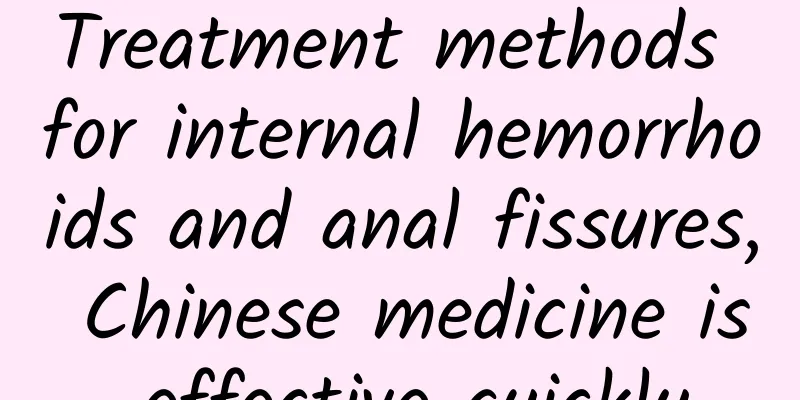What medicine should be used to treat tinea capitis?

|
The scalp is different from other parts of the skin. The scalp is the basis for hair growth, and the scalp secretes a lot of oil. Because the hair needs to obtain a lot of nutrients during the growth process, and the hair density is high, it is inevitable that oil will overflow during the growth process. Too much oil can cause damage to the health of the scalp, because oil is one of the foods of bacteria, which can easily lead to skin diseases such as tinea capitis, which has a great impact on people's health. In addition, when tinea capitis is severe, it can cause symptoms of hair loss, causing great inconvenience to the patient's life. Let’s take a look at what medicine is used to treat tinea capitis? The goals of treating tinea capitis are to eliminate the fungus, prevent the infection from spreading, and minimize scarring. Once the diagnosis is confirmed, it cannot be treated with topical medications alone, but should also be treated with oral antifungal drugs. Griseofulvin is cheap and effective and is still the drug of choice for the treatment of tinea capitis. New antifungal drugs, such as terbinafine, itraconazole, and fluconazole, are similar in efficacy to griseofulvin in treating tinea capitis, but have a shorter course of treatment and are relatively safe for children. Perform fungal microscopy 3 weeks after taking the medicine. If the fungal microscopy is still positive, the treatment course needs to be extended. Thereafter, the patient should be rechecked every 10 to 14 days, and the patient can be considered cured only after 3 consecutive negative results. Griseofulvin: Children: 20-25 mg/kg.d, orally in 3 divided doses. The course of treatment is 6-8 weeks. Taking it with a high-fat meal will facilitate drug absorption. Terbinafine: Children weighing 40 kg should take 250 mg per day for 2 to 6 weeks. Tinea capitis caused by Microsporum generally requires a longer course of treatment. Itraconazole: Children: 3-5 mg/kg.d, taken immediately after meals, for 4-8 weeks. Fluconazole: 6 mg/kg.d for children, course of treatment 3 to 6 weeks. Treatment of kerion: The course of antifungal drug treatment is relatively prolonged. In the first 2 weeks of treatment, oral antibiotics and glucocorticoids (1-2 mg/kg per day for children) are used in combination. Avoid incision and drainage. Topical antifungal drugs: Apply to the entire scalp, apply topical antifungal drugs every morning and 2.5% iodine tincture at night for 2 consecutive months. Washing hair: Wash your hair with 2% ketoconazole lotion or hot water soap, once a night for 2 months. Shaving: All hair should be cut off as much as possible, and diseased hair should be burned once a week, for a total of 8 times. |
<<: What are the best treatments for lumbar herniation?
>>: What are the treatments for perianal inflammation?
Recommend
What to do if you have tachycardia
The importance of the heart to people is self-evi...
Platycodon grandiflorum side effects
What are the side effects of Platycodon grandiflo...
Early symptoms of moyamoya disease
Many people have heard of different diseases in t...
What is the meridian on the outside of the calf?
There are two main meridians on the outside of th...
How long can onions be kept?
Onions are a food that can be stored for a relati...
Autumn lung moistening recipes, choose these three for good results
When autumn comes, people are prone to coughing i...
What causes nose bleeding?
I believe many people have experienced nose bleed...
Symptoms of cervical aneurysm
Cervical artery aneurysms are also quite common i...
Why do I cough during the day but not at night?
Coughing during the day and not coughing at night...
The three most common causes of genital herpes
At present, genital herpes is a common skin disea...
Are pull-ups useful for lumbar disc herniation?
Doing pull-ups is effective for lumbar disc herni...
How to drink fresh dandelion water
Dandelion is a very common food and one that can ...
The role of BCG
BCG is actually a vaccination that helps prevent ...
How to cleanse your intestines with an enema
Enema to clean the intestines is also a common tr...
What is chewing while sleeping?
Chewing while sleeping is a form of teeth grindin...









